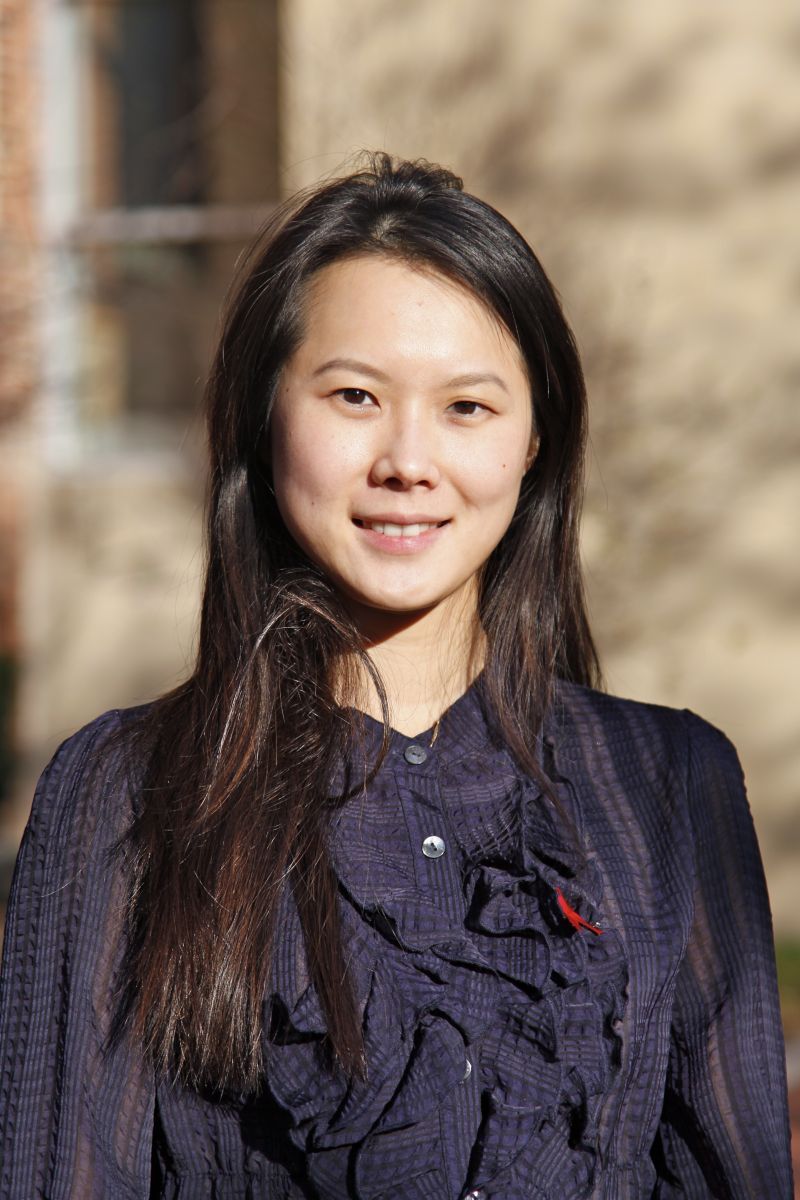Publication
Article
Pharmacy Times
Fostering a Holistic Approach
Hsiao-Ting Wang learned compassion from hospice work.
Hsiao-Ting Wang learned compassion from hospice work.

Hsiao-Ting Wang’s unique public service experiences outside of the classroom have led this student pharmacist to develop some of the qualities that characterize a true leader in the field: patience, compassion, and self-reflection.
A 2014 PharmD candidate at the University of Maryland School of Pharmacy, Wang stood out to the Pharmacy Times/Walmart RESPy judges in part because of her work with hospice patients in San Diego and a project she recently completed with underserved elderly patients in Baltimore.
As formative as it is proving to be in her career, Wang says that her involvement with hospice was accidental. A friend who volunteered at San Diego Hospice suggested it as an option when Wang was looking for volunteer opportunities. After completing training and becoming certified as a volunteer, Wang actively volunteered for a year before she began pharmacy school. In her interview with Pharmacy Times, Wang spoke at length about the impact that experience has had on her approach to pharmacy and patient care (see below).
Along with 2 fellow student pharmacists, Wang recently completed a prestigious Albert Schweitzer Fellowship, during which they created and implemented a program with patients in a nursing home in downtown Baltimore. Called “Own Your Happy: Aging with Vigor,” the project’s goal was to reach out to an elderly population that did not have access to resources and quality health care.
Wang and her colleagues hosted a series of health classes and lectures geared toward improving the lifestyle of the elders by addressing the specific health concerns and issues that most affect them. The topics they addressed included skin and foot care with diabetes, personalized medication records, medication safety, osteoarthritis, immunizations, and living with chronic diseases. The classes were interactive, incorporating active learning, talks, and demonstrations.
Despite some communication and cultural barriers, Wang says, “The experience was remarkable, and every interaction with the elderly present at the sessions touched the group in an indelible way.”
From her practical approach to patient education to the compassionate way that she delivers care, Wang exemplifies the way that pharmacists are increasingly providing holistic, expert care that no other health care professional can deliver.
Q: Can you describe your most rewarding extracurricular activity?
A: San Diego Hospice has had the greatest impact on me both personally and professionally.
Joe was my first elderly patient; he made me aware of the potential of my influence on the lives of people in my care. His deteriorating condition with dementia taxed him daily, and with each of my visits I learned to appreciate his struggle to live normally. When simple acts such as feeding him took over an hour, I found patience in me that I never knew existed.
The biggest reward for my service came from Joe’s smiles. Sadness cannot be cured by medicine, but pain can be eased by its compassionate application. Comfort and dignity can be maintained with tactical and judicious use of medications.
My hospice experience strengthened my belief that pharmacists working in direct patient care can improve the physical condition of patients; more importantly, they can contribute to their emotional and psychological well-being.
Q: What role do pharmacists play in end-of-life care?
A: The first thing I learned during volunteer training was to understand that death is not a failure, but a natural course of a healthy, full life. I further learned that the goal of care for terminally ill patients is symptom management and relief of suffering physically, mentally, and spiritually. Through achieving these goals, we can preserve patients’ rights to comfort and dignity during their last stage of life.
Hospice and palliative care employs an interdisciplinary approach to deliver end-of-life care. Each professional provides expertise to manage patients from a “whole person” point of view rather than a single disease state. The pharmacist’s role at end-of-life boils down to provision of pharmaceuticals, optimizing medication regimens, and administration/formulary management. It is relatively difficult to practice evidence-based medicine at the end of life, largely because studies on terminally ill patients are not the spotlight of health care.
Palliative care pharmacists are then charged with flexibility and creativity to develop alternative treatment options tailored to this patient population. The complex nature of dosage titration also requires endless education to nursing staff and family members of ensure better delivery of pharmaceutical care.
About the School
The University of Maryland School of Pharmacy was established in 1841, making it the fourth oldest school of pharmacy in the United States. The school comprises 3 departments: pharmacy practice and science, pharmaceutical sciences, and pharmaceutical health services research.
Newsletter
Stay informed on drug updates, treatment guidelines, and pharmacy practice trends—subscribe to Pharmacy Times for weekly clinical insights.







